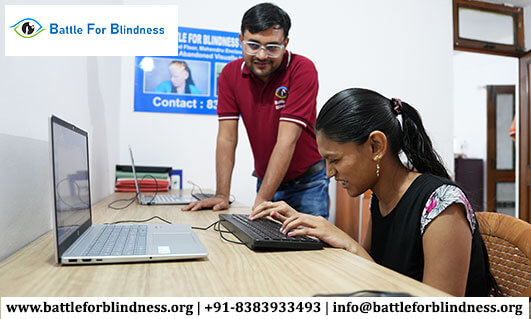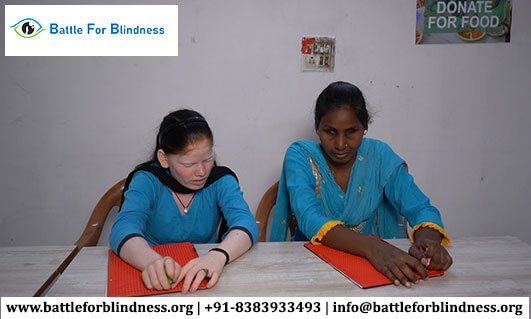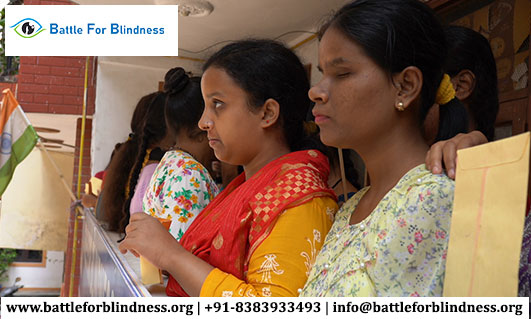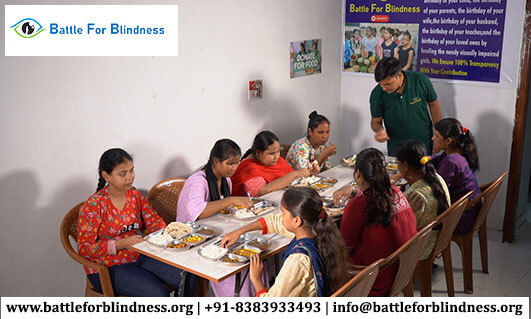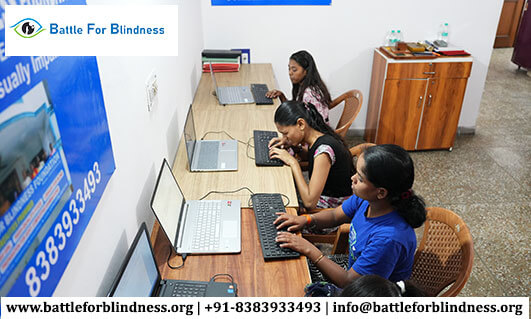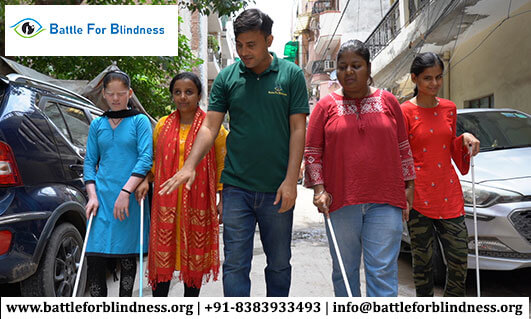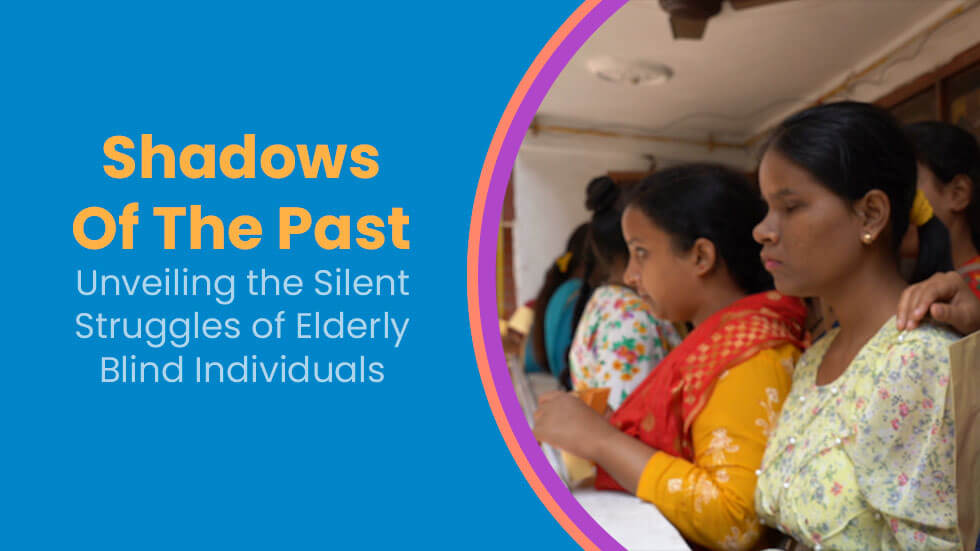
Blindness is often perceived as a condition that primarily affects individuals in their younger years, but the reality for many elderly people who lose their vision later in life is far more complex. The elderly blind face unique and often unspoken struggles that go unnoticed by society. These challenges, deeply rooted in the shadows of their past, not only impact their physical well-being but also affect their emotional and mental health.
In this blog, we will delve into the silent struggles of elderly blind individuals, exploring how they navigate a world designed for the sighted and why society must do more to support them. Let’s uncover the obstacles faced by visually impaired seniors and highlight how we can help improve their quality of life.
The Struggles of Elderly Blind Individuals
As the population ages globally, the number of visually impaired elderly people is increasing. According to the World Health Organization (WHO), about 285 million people worldwide are visually impaired, with 39 million of them being blind. Among this group, a large proportion are elderly individuals who experience gradual vision loss due to age-related conditions like cataracts, macular degeneration, and diabetic retinopathy.
For these individuals, blindness is not just a physical condition—it is a profound disruption to their entire lifestyle. These struggles go far beyond the inability to see, extending to their independence, social relationships, and mental health.
-
Loss of Independence
Elderly blind individuals often face a severe loss of independence. Simple activities like navigating their home, cooking, or even going to the store become monumental tasks. The fear of falling or injuring themselves adds another layer of stress. For many, these challenges may isolate them from their community, making them feel like prisoners in their own homes. -
Mental Health and Isolation
The emotional toll of blindness is often underestimated. Without the ability to visually engage with the world, elderly blind individuals may experience heightened feelings of loneliness and depression. The loss of sight can lead to social isolation, as these individuals struggle to maintain relationships or participate in activities they once enjoyed. The absence of visual cues can also make them feel disconnected from their surroundings and loved ones. -
Inadequate Accessibility and Support Systems
While society has made strides in improving accessibility for the blind, there are still significant gaps in services for elderly individuals. Many communities lack accessible transportation, adequate healthcare services, or technologies that can assist with daily tasks. Additionally, the lack of trained caregivers and healthcare professionals with expertise in visually impaired elderly care exacerbates the situation. -
Financial Struggles
The financial burden on elderly blind individuals can be severe. With limited income and the added cost of medical treatments or assistive devices like guide dogs, magnifiers, or braille tools, they often face financial hardship. The inability to work or contribute to society adds to their sense of helplessness. -
Family Strain
Family members of elderly blind individuals also experience significant emotional and physical strain. Caring for a blind elderly person requires specialized care and attention, which can be overwhelming without proper training. Many families, especially those with limited resources, struggle to provide adequate support.
What Can Be Done?
While the challenges are many, there are numerous ways we can improve the lives of elderly blind individuals. Here are some practical solutions:
-
Accessibility Improvements
Ensuring that public spaces, homes, and transportation systems are more accessible to the blind can make a significant difference. This includes tactile paving, audio cues at traffic lights, and better public transport services for people with disabilities. -
Technology and Assistive Devices
Technological innovations, such as voice-activated devices, braille displays, and screen readers, have revolutionized the lives of the blind. For the elderly, training programs to use these devices can empower them to live more independently. -
Better Healthcare and Support Services
Establishing specialized care centers for elderly blind individuals and training healthcare providers to understand the unique needs of the visually impaired can improve their quality of life. Additionally, offering emotional support and therapy services to combat loneliness and depression is vital. -
Community Awareness and Inclusion
Raising awareness in communities about the challenges faced by elderly blind individuals can foster understanding and empathy. Creating support networks and encouraging social inclusion can help reduce isolation and improve the mental well-being of the elderly blind. -
Support for Caregivers
Families and caregivers need training and resources to support the elderly blind effectively. Ensuring that caregivers have access to emotional and financial support can make a world of difference in providing high-quality care.
The Way Forward: Empowering the Elderly Blind
The silent struggles of elderly blind individuals are often hidden in the shadows of their past. By recognizing the unique challenges they face, we can take meaningful steps to provide them with the care, support, and dignity they deserve. With better accessibility, healthcare services, and technological advancements, we can empower the elderly blind to live independent, fulfilling lives and create a more inclusive society for everyone.
As we move forward, it is essential that we advocate for and invest in the well-being of our elderly population. The struggles of the elderly blind are not theirs alone—they are a collective responsibility that requires a compassionate and inclusive approach from all of us.
Key Takeaways:
- Elderly blind individuals face unique physical, emotional, and mental struggles that go unnoticed by society.
- Challenges include loss of independence, mental health issues, inadequate accessibility, financial burdens, and family strain.
- Solutions involve improving accessibility, leveraging technology, enhancing healthcare services, raising community awareness, and supporting caregivers.
- We must continue to empower the elderly blind through inclusive policies, technologies, and social systems.
By shedding light on the unseen struggles of elderly blind individuals, we can work towards a more empathetic and supportive world, where no one has to endure these challenges alone.
